Understanding dashboard warning lights in your Ford Transit is essential for safe driving, as they alert you to potential issues that could lead to breakdowns or accidents.
Recognizing these lights helps you respond quickly, preventing minor problems from becoming major repairs and ensuring the vehicle’s longevity. Always consult your owner’s manual or a professional mechanic for specific diagnostics.
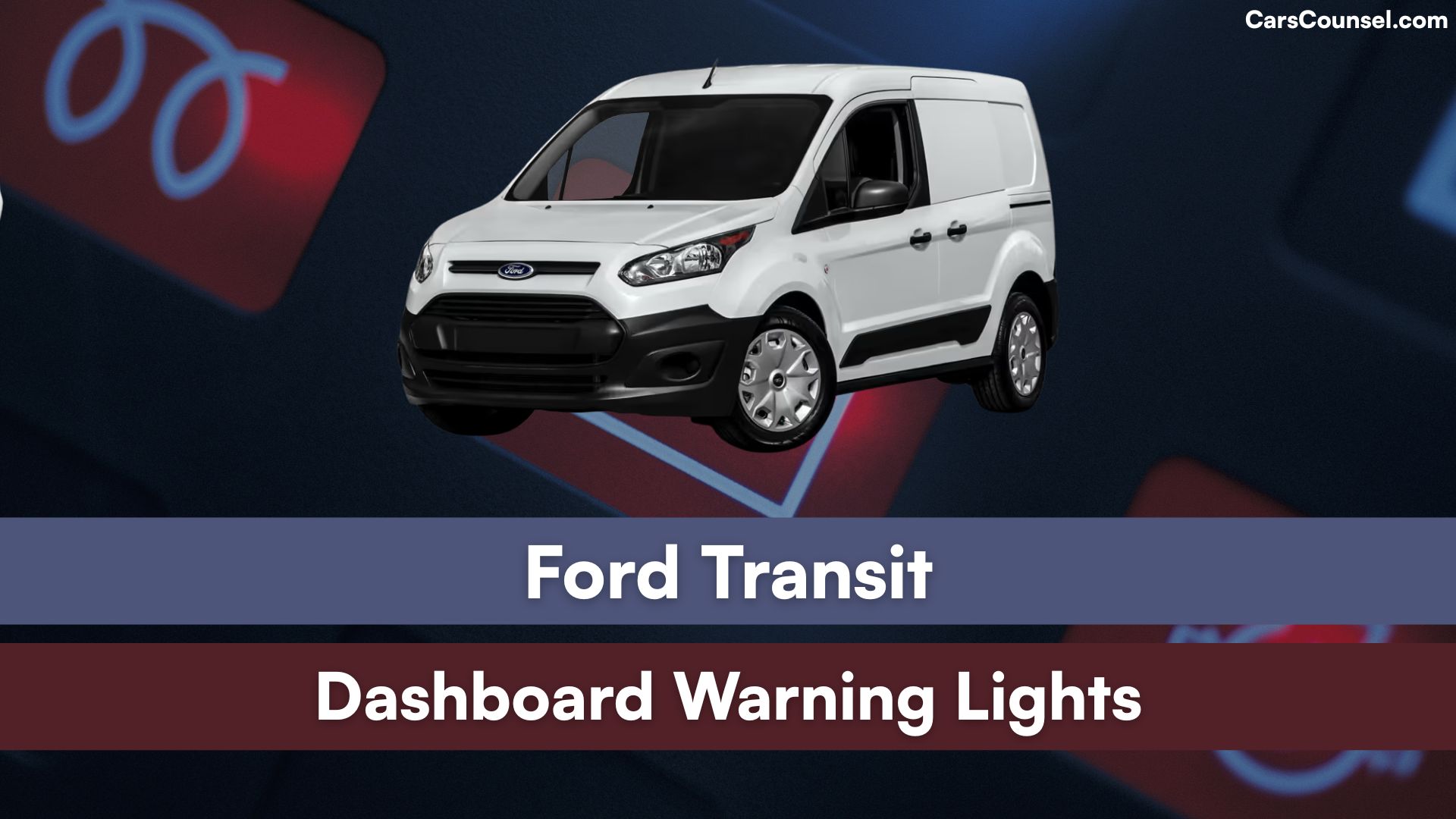
Quick Navigation
Red Warning Lights (Stop Immediately)
These lights signal serious issues that require you to pull over safely right away to avoid damage or danger.
Engine Oil Pressure

Low oil pressure can cause engine damage from lack of lubrication. Possible causes include low oil level or a pump failure. Stop the vehicle, check oil level, and add if needed; do not drive until fixed.
Brake System Alert
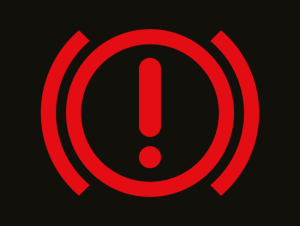
Indicates low brake fluid or a hydraulic issue that could lead to brake failure. Causes might be leaks or worn pads. Park safely and call a mechanic immediately.
Engine Coolant Temperature
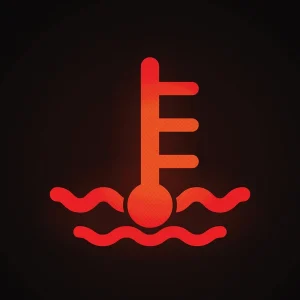
The engine is overheating, which could damage components. Causes include low coolant or a faulty thermostat. Stop, let the engine cool, check coolant level, and seek help.
Battery Charging System
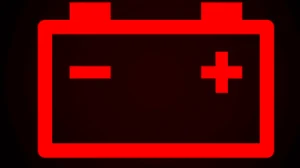
The battery isn’t charging properly, risking a sudden stop. Possible causes are a faulty alternator or loose belt. Stop and have the electrical system checked right away.
Airbag System

A fault in the airbag setup means it might not deploy in a crash. Causes could be sensor issues or wiring problems. Stop and get it inspected by a professional.
Powertrain Fault

Signals a major issue in the engine or drivetrain that could cause breakdown. Causes include sensor failures or mechanical faults. Pull over and contact a dealer.
Seatbelt Reminder
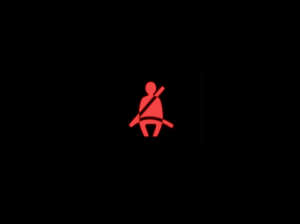
Alerts if seatbelts are not fastened, increasing injury risk in a crash. The cause is simply unbuckled belts. Buckle up immediately for safety.
Door Ajar
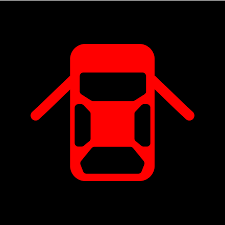
A door, hood, or trunk is not fully closed, which could be unsafe while driving. Check and secure all doors before continuing.
ABS Warning
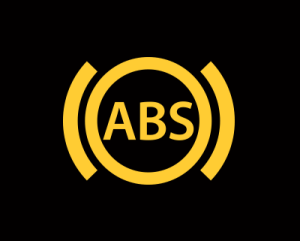
Anti-lock brakes are malfunctioning, affecting stopping in emergencies. Causes might be sensor or hydraulic faults. Stop and have brakes serviced.
Transmission Overheat
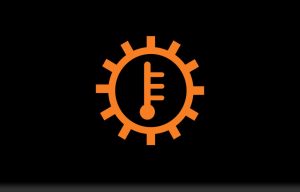
The transmission is too hot, risking damage or failure. Causes include heavy loads or low fluid. Stop, cool down, and check fluid levels.
Low Brake Fluid

Brake fluid is low, potentially leading to brake failure. Leaks or wear are common causes. Stop and top up fluid or seek repair.
Power Steering Failure
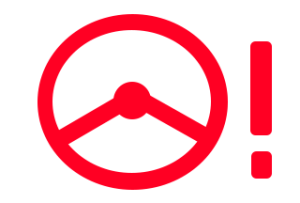
Power steering assist is lost, making steering hard. Causes could be fluid leaks or pump issues. Pull over and get it checked.
High Voltage System Failure

For hybrid models, indicates an electrical fault that could shut down the vehicle. Stop and have it serviced.
Master Warning Light
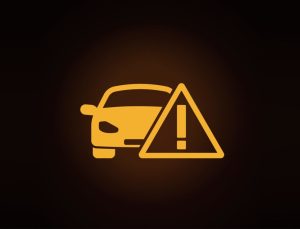
A general alert for critical issues like multiple system failures. Stop and diagnose the problem.
Yellow/Amber Warning Lights (Action Required Soon)
These indicate problems that need attention soon to prevent escalation, but you can usually drive to a safe spot.
Service Engine Soon
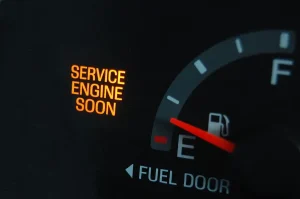
The engine has detected an emissions or performance issue. Causes include misfires or sensor faults. Check soon at a service center.
Low Tire Pressure
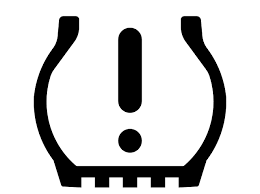
One or more tires are underinflated, affecting handling and fuel use. Causes are leaks or temperature changes. Inflate tires promptly.
ABS System

Anti-lock brakes need checking, though basic braking works. Sensor or module issues are common. Schedule a service.
Glow Plug
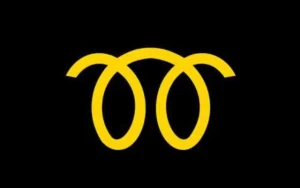
For diesel engines, glow plugs are preheating or faulty. Wait for it to go off before starting; if persistent, get checked.
DPF Warning
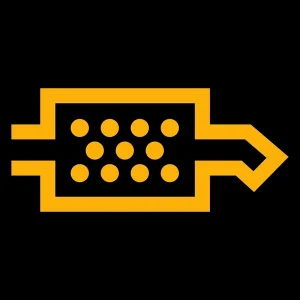
Diesel particulate filter is clogged with soot. Drive at highway speeds to regenerate, or visit a mechanic.
ESP/Traction Control
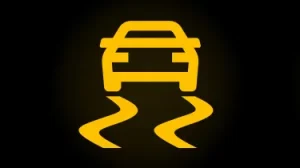
Stability control is off or faulty, reducing grip on slippery roads. Causes include sensor errors. Reactivate or service soon.
Transmission Fault

Transmission has an issue like slipping gears. Causes might be low fluid or sensor problems. Have it inspected.
Low Fuel Level
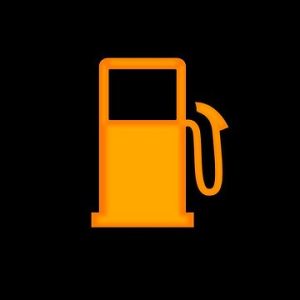
Fuel is running low, risking a stall. Simply refuel at the nearest station.
Water in Fuel
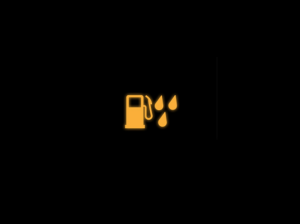
For diesels, water is in the fuel filter, which could damage the engine. Drain the filter or seek help.
Brake Pad Wear

Brake pads are worn thin, reducing stopping power. Replace pads soon to avoid damage.
Soot Overload
Diesel filter needs regeneration due to buildup. Drive steadily to clear it, or service.
Service Interval
Vehicle is due for routine maintenance like an oil change. Schedule a service appointment.
Hill Launch Assist

System for hill starts is faulty. Have it checked to restore function.
Green Warning Lights (Information Only)
These show that a feature is active or working normally, with no action needed unless it persists oddly.
Cruise Control
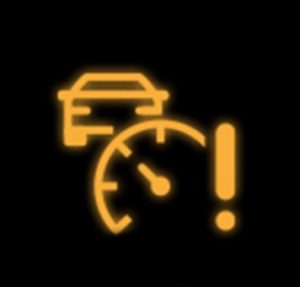
Cruise control is engaged, maintaining set speed. No action; it’s just informing you.
Direction Indicator
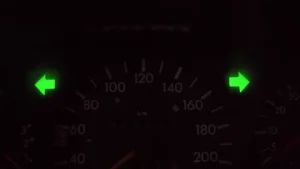
Turn signals are on, flashing to show intent. Turns off when signals are deactivated.
Front Fog Light

Front fog lights are activated for better visibility. Turn off when not needed.
Rear Fog Lamp
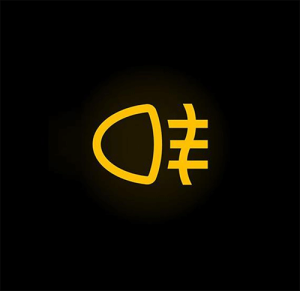
Rear fog lights are on to alert following drivers. Deactivate in clear conditions.
Headlamp Indicator
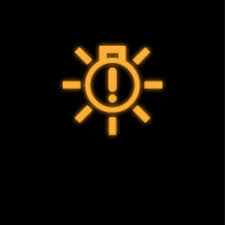
Headlights or sidelights are on. Adjust as visibility changes.
Shift Indicator
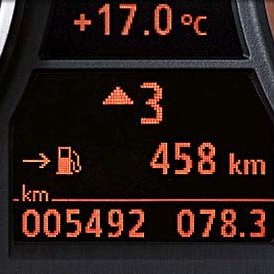
Suggests shifting to a higher gear for better fuel efficiency. Follow the prompt for savings.
Eco Mode
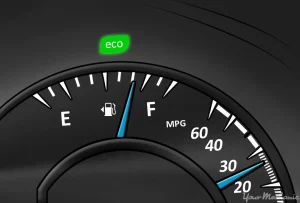
Eco driving mode is active, optimizing fuel use. No action required.
High Beam

High beam headlights are on. Dim for oncoming traffic.
Low Beam

Low beam headlights are functioning. Use in low light.
Stability Control Active
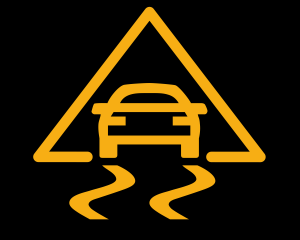
ESP is intervening to maintain control. No need to act.
Auto Hold

Brakes are holding the vehicle at a stop. Release by pressing accelerator.
When looking at Ford, make sure to check out our guides on models like the Ford Mondeo, Ford E-Transit, Ford Fusion, and Ford Kuga. Understanding dashboard warning lights is essential. Our expert reviews break down what each light means, highlighting common alerts for these models and what they could signal about underlying issues, so you’re never left guessing behind the wheel.

